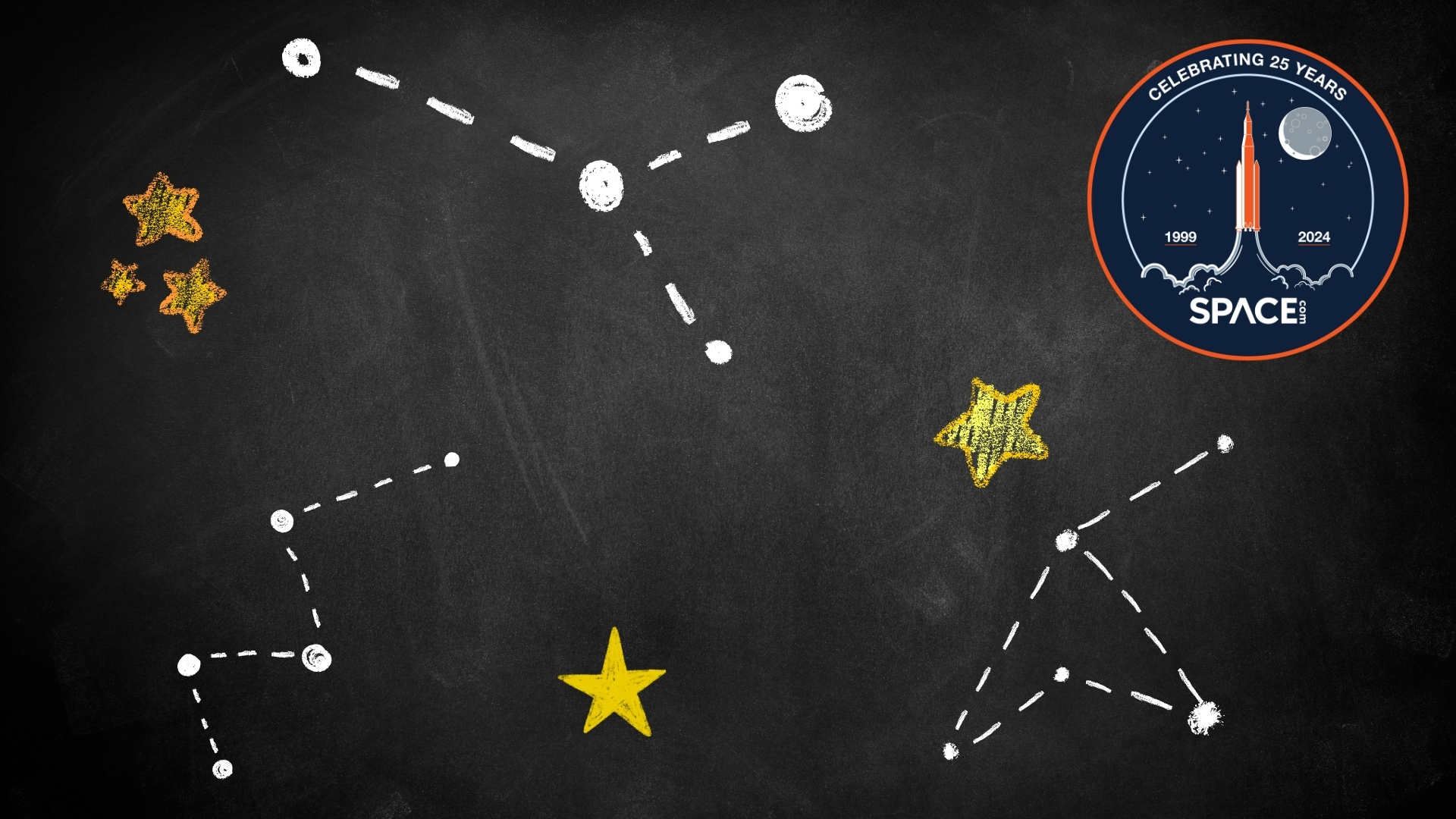
Have you ever looked up at the night sky and noticed that the stars form patterns? The way the stars are arranged has been the same for millennia, and throughout time, various cultures, from the Greeks to Native Americans to Aboriginal Australians, have seen animals, shapes, and heroes in the stars. They named these patterns and told stories about them. These are constellations. Constellations are a great way to learn your way around the night sky and learn about other cultures!
In today's project, we are going to do two things: make a planetarium and make our own constellation. If you want to go straight to making your own constellation, you can skip project 1 and go straight to project 2.
Project 1: Make a planetarium
(Note: This experiment is best prepared by at least two adults, and requires three adults to manage the planetarium for safety reasons.)
Sometimes, we can learn about the night sky during the day! This is the goal of today's experiment, where we are going to make a planetarium! Planetariums are special buildings that are often shaped like domes. They are dark inside and have stars and constellations projected on the inside. That way, when you step inside, it is like you are looking up at the night sky, even though it may be in the middle of the day.
For this project you'll need:
- "4 mil" plastic sheet, 20ft x 50ft (6 m x 15 m)
- A roll of utility tape
- A large black trash bag (30 gallons/113 liters or larger)
- A box fan
Roll out the plastic sheet, and then fold it in half, creating a 20ft x 25ft (6m x 7.5 m) rectangle. Use the utility tape to tape the bottom and top together. Walk on the tape to secure.
Related: Learn about Space with these awesome NASA education videos
Take the trash bag and cut the bottom of the bag, forming a tube. Attach one side of the tube to the planetarium and the other side to the box fan, taping to form a seal. Inflate the planetarium by setting the fan to high.
Cut a hole for the door. Once the planetarium is fully inflated, the box fan can be set to a lower speed to maintain inflation.
When the planetarium is inflated, it is recommended to have an adult located inside the planetarium, an adult located at the door to assist children in and out of the planetarium, and one to monitor the fan and planetarium from the outside. It is also recommended to have a box cutter, scissors, and flashlight inside for safety reasons.
Project 2: Make your own constellation!
Now we can create our own constellations!
For this project we will need:
- A piece of paper (or the NASA-supplied worksheet)
- A crayon, pencil, or pen
- A ballpoint pen or straightened paperclip
Now, we will make our own constellations. Draw stars on your paper and connect them with lines. You can add to your drawing to complete what you imagine your constellation to be. Then write the story your constellation tells. Is your constellation a hero? A creature? Is it part of a larger story?
Once you are done with your story, enter the planetarium. Place your paper against the roof of the planetarium and use a ballpoint pen or paperclip to punch holes where the stars are. When you step back, light should shine through and you'll see your own constellations in the sky!
Can you find your constellation? Your friends'? Is it possible to use the constellations to tell directions? What else can the positions of the stars tell you?







